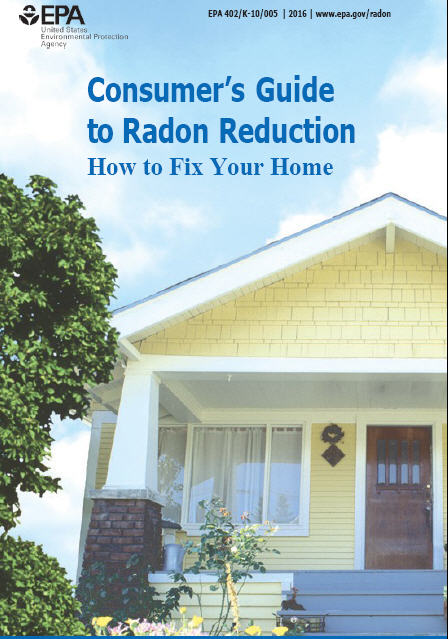|
Press The Start Button
Have Speakers Turned On
Allow Large Files Time To Download If Not Using Broadband or DSL
To Best Enjoy Streaming Video and Sound, Configure Windows Program for:
Real Player, Quick Time, and Windows Media Player

–

What is a safe and acceptable level of radon gas?
This is actually two separate questions. The first is: "What is a safe level of radon gas?" The second is: "What is an acceptable level of radon gas?"
What is a safe level of radon gas?
This is the simpler of the two questions. A safe level of radon gas is no radon gas. Radon gas is a carcinogen which causes lung cancer. The US EPA has put it plainly, stating, "Any radon exposure has some risk of causing lung cancer. The lower the radon level in your home, the lower your family's risk of lung cancer."
The average person receives a higher dose of radiation from the radon levels in their home than from their combined exposure to all other radiation sources, natural or man-made. Radon gas is a naturally-occurring byproduct of the radioactive decay of Uranium in the soil. Depending on your geographic location, the radon levels of the air you breathe outside of your home may be as high as 0.75 pCi/L. The national average of outside radon levels is 0.4 pCi/L and it is estimated by the National Academy of Sciences that outdoor radon levels cause approximately 800 of the 21,000 radon induced lung cancer deaths in the US each year. Your risk of lung cancer increases substantially with exposure to higher radon levels. Lung cancer risk rises 16% per 2.7 pCi/L increase in radon exposure. World Health Organization, 2009 studies show that radon is the primary cause of lung cancer among people who have never smoked. However, the absolute numbers of radon-induced lung cancers are much larger in people who smoke, or who have smoked in the past, due to a strong combined effect of smoking and radon.
What is an acceptable level of radon gas?
Radon Act 51 passed by Congress set the natural outdoor level of radon gas (0.4 pCi/L) as the target radon level for indoor radon levels. Unfortunately two-thirds of all homes exceed this level. The US EPA was tasked with setting practical guidelines and recommendations for the nation. To this end, the US EPA has set an action level of 4 pCi/L. At or above this level of radon, the EPA recommends you take corrective measures to reduce your exposure to radon gas. This does not imply that a level below 4.0 pCi/L is considered acceptable, as stated in the BEIR VI study . It is estimated that a reduction of radon levels to below 2 pCi/L nationwide would likely reduce the yearly lung cancer deaths attributed to radon by 50%. However, even with an action level of 2.0 pCi/L, the cancer risk presented by radon gas is still hundreds of times greater than the risks allowed for carcinogens in our food and water.
The World Health Organization
The WHO Handbook on Indoor Radon: A Public Health Perspective indicates that radon exposure is a major and growing public health threat in homes and recommends that countries adopt reference levels of the gas of 100 Bq/m3 which is equivalent to 2.7 pCi/L.
You can download a PDF version of the WHO handbook on indoor radon here. "Radon is the second most important cause of lung cancer after smoking in many countries," notes Dr Maria Neira, Director of WHO's Public Health and Environment Department. "Most of radon-induced lung cancers occur from low and medium dose exposures in people's homes. Strengthened action by policy makers, and by construction and building professionals can substantially lower the health impact by preventing and reducing radon exposure."
Conclusion
While no level of radon gas is completely safe, as with most things in life we must balance the benefits and costs to find our own"acceptable" levels. We walk outside and work in the sun, exposing ourselves to ultraviolet radiation and increasing our risk of developing skin cancer. We drive in automobiles almost every day even though greater than 1 in 86 deaths is a result of automobile accidents. People smoke, eat poorly, and engage in dangerous behaviors on a daily basis. To some degree, radon gas is another daily risk that we all must take. However, you choose what you eat, whether or not you smoke, and how and when you drive. You have no choice but to breathe the air in your home. A simple and inexpensive radon test can give you the information you need to make an informed decision about what level of radon gas exposure is acceptable to you.
And This Is What 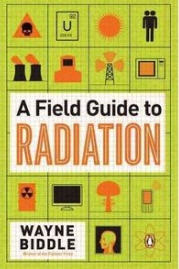 Says: Says:
Radon
Colorless, odorless, tasteless -- the quintessence of a threat beyond the reach of our senses. Radon is a radioactive gas found almost everywhere, accounting on average for half of all natural background radiation.It is the second leading cause of lung cancer after smoking, and the primary cause among nonsmokers. Tobacco smoke and radon are strongly synergistic carcinogens. Fortunately, just two of radon's three dozen isotopes exist in significant amounts in the environment: radon-222 and -220 (known as thoron). But this is quite enough to be the focus of public health attention.
Radon is a decay product of radium, which in turn is a decay product of uranium. Not until the post-World War II surge in uranium ore mining did medical literature turn away from happy talk about using radon therapeutically to concern about its harmful effects. In keeping with the general state of denial about radiation during the first half of the twentieth century, extensive historical evidence of radon's threat was ignored. As far back as the sixteenth century, as noted in De re Metallica (On the Nature of Metals) -- a study of mining published posthumously in 1556 by German physician and town administrator Georg Bauer (1494-1555) under the pen name Georgius Agricola -- silver mines in the Erz (literally "Ore") Mountains between Germany and Czechoslovakia were known to be so plagued by fatal lung disease that some women there had been widowed seven times. Clearly a gifted observer, Agricola recommended ventilating the mines with fresh air. But it took three more centuries to identify the mysterious affliction as cancer, in an 1897 article titled "Der Lungenkrebs, die Bergkrankheit in den Schneeberger Gruben" ("Lung Cancer, Mountain Sickness of the Schneeberg Miners"), by two German researchers. Mortality rates meanwhile reached 50 percent in the "death shafts" there. Still, even as knowledge about radioactivity grew during the following decades and some doctors connected these cases with high concentrations of uranium in the ore, others felt free to blame genetic inbreeding among the insular miners.
The lucrative digging never stopped, of course. An Erz mine near Joachimsthal, Bohemia (now the Czech Republic), where Agricola had lived for nine years, supplied more than a ton of pitchblende (UO2) to Marie Curie for her pioneering isolation of radium. Joachimsthal was also the site of the world's first "radon spa," in 1906, where vacationers partook of high-radon atmospheres for supposed invigoration. With the cold war accelerating in 1949 and the Pentagon frantic to obtain enriched uranium for nuclear weapons, the U.S. Public Health Service and the U.S. Atomic Energy Commission -- aware of the alarming lung cancer rates among European uranium miners -- quietly launched a long-term study of miners in the Colorado Plateau, a region of major uranium deposits in Utah, Arizona, New Mexico, and Colorado. It took until the end of 1960, when the 1950s uranium boom was over and employment in the mines had already peaked, for the PHS to inform four western governors that the death rate from lung cancer among uranium minters was five times higher than that of American men in general. Other countries did not move so painfully slowly. France introduced forced-air ventilation of its uranium mines in 1956 and put occupational exposure regulations in place by 1958. Such standards were not implemented in the United States until 1971.
In 1966 the federal government did halt the practice in some areas of the United States still using uranium mill tailings rich in radium-226 to make concrete or as excavation backfill. In the 1970s, more than seven hundred homes and other structures around Grand Junction, Colorado, were razed to remove radioactive bricks or fill dirt. Under the Uranium Mill Tailings Radiation Control Act of 1978, the Environmental Protection Agency established an exposure threshold of 4 picocuries per liter of indoor air, above which the government would pay for cleanup of such houses.
Radon per se first gained national attention in the United States in 1984, when spectacularly high (650 times background) levels of radon were found inside a home near Boyertown, Pennsylvania, providing dramatic evidence that radon could seep out of the ground and into buildings, reaching concentrations similar to that at uranium mines. Concentrations were measured at 3,000 picocuries per liter (piC/L) of air -- the equivalent in lung cancer risk to smoking 135 packs a day -- after owner Stanley Watras set off radiation alarms at the Limerick nuclear power plant where he worked. By comparison, radon levels in Erz Mountain mines averaged about 2,900 picocuries and up.
In 1986, after estimating that about 10 percent of all the nation's homes probably held radon above 4 piC/L, the EPA issued advisories to the general public. This figure still stands as the yearly average at which the EPA recommends that homeowners do something (at their own expense) about indoor radon pollution. It is not a "safe" level, just a reasonably achievable level. The goal is to make levels inside as low as those outdoors, which vary geographically -- averaging, for example, 5.4 in New Jersey, 0.8 in Texas, 0.12 in Washington, D.C. Average indoor exposure in the United States is probably 1 to 2 piC/L. Occupational limits are much higher, at 100 piC/L for miners and 30 piC/L for other workers. Even at 4 piC/L, however, large case-control epidemiologic studies have documented a 50 percent increased risk of lung cancer after prolonged exposure. The EPA estimates that if a thousand people who smoke were exposed to 4 piC/L for a lifetime (seventy years), sixty-two of them would develop lung cancer. For a thousand nonsmokers, seven would. At 2 piC/L, there would be thirty-two and four cancer cases, respectively.
In 2009 the Department of Energy finally began to remove by railcar some 16 million tons of radon- and gamma ray-emitting tailings dumped on the banks of the Colorado River by a uranium mill near Moab, Utah, that had been closed for twenty-five years. The transport to a site thirty miles away is expected to take until 2025 and cost at least $1 billion, though federal budget cuts have slashed the original workforce by two-thirds.
Technically, radon-222 -- the most important isotope because of its relatively long half-life of almost four days -- forms directly from alpha particle decay of radium-226, which in turn comes from the uranium-238 that comprises 99.3 percent of all uranium in nature. The word radon is derived from the term radium emanation during the early years of research on radioactivity by Friedrich Ernst Dorn (1848-1916), Ernest Rutherford, and other physicists in the first decade of the twentieth century. Both uranium-238 and radium-226 are found in widely varying concentrations in most soils and rocks, making radon similarly ubiquitous. Certain types of granite, shale, gneiss, and phosphate rocks are the richest. In the United States, the Appalachians from Maine to Alabama (especially along the Reading Prong gneiss formations in Pennsylvania, New York, and New Jersey) are relatively high in radon, as are regions of granitic sediment in Iowa, California, Colorado, Idaho, and New Mexico. But high concentrations can appear anywhere.
Although chemically inert, radon is soluble in water and can thus also be found in drinking wells and especially in radium-rich springs such as those at Bad Kreuznach, Germany, and Misara, Japan, which continue to attract tourists lured by the charlatanism of "hormesis," the supposed beneficial effect of low-level, whole-body radiation. In Maine and Rhode Island, the average radon concentration in private well water exceeds 6,000 piC/L, contributing to indoor pollution through aeration in showers, toilets, and washers. Although there is a slight risk of developing internal organ cancers (mainly stomach) from drinking water with elevated levels of radon, the primary concern is release of the gas from normal water into indoor air.
Research has shown that it is actually the short-lived decay products of radon-222 -- sometimes called radon progeny or daughters, although this sort of gender imagery is fading -- that are responsible for causing lung cancer. Polonium-214 and -218, lead-214, and bismuth-214 are solids that lodge in the lungs and bombard tissue with alpha particles. Thoron has such a short half-life that it does not have as much time to be inhaled, but one of its decay products, lead-212, exists long enough to spawn in turn the dangerous alpha emitter bismuth-212. (As if the usual assortment of exposure units were not confusing enough, measurements of radon in workplaces are sometimes expressed in "working levels" [WLs], one of which consists of any combination of radon progeny per liter of air that releases 1.3 x 10 5 million electron volts [MeV] of alpha energy. One WL = 100 pCi/L when the radon-222 and its progeny are in equilibrium, meaning the decay products undergo transformation at the same rate that they are produced.)
Easy-to-use radon gas kits are widely available at reasonable cost.
Read This:
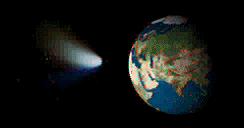
These Are In Our Future: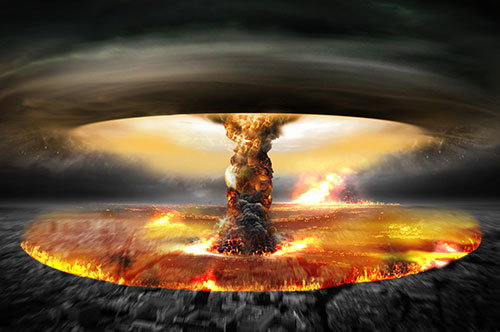
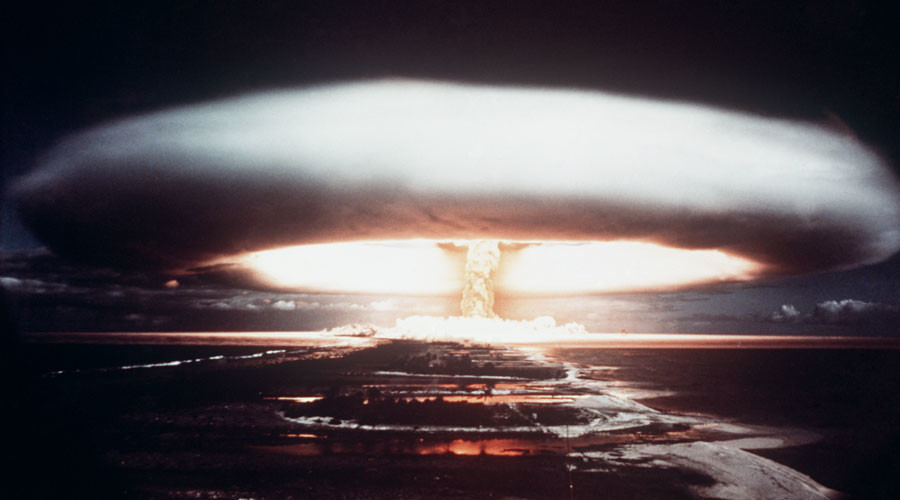
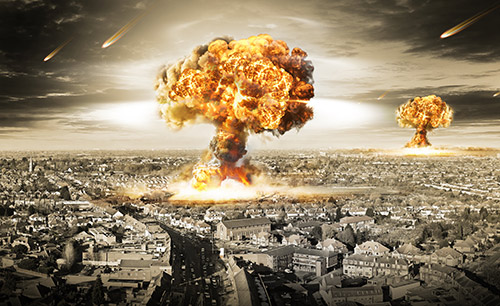
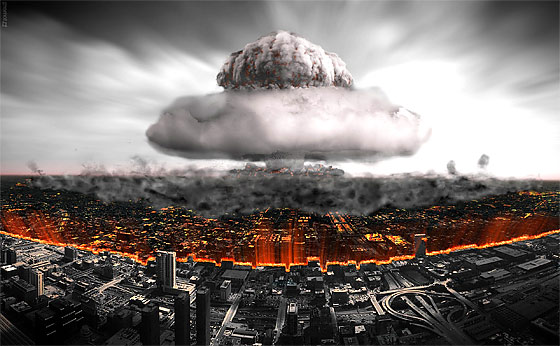
... To Be Continued ...
|
In accordance with Title 17 U.S.C. Section 107, any copyrighted work in this message is distributed under fair use without profit or payment for non-profit research and educational purposes only. [Reference:Cornell Law School]
In An UpComing Issue:
Something You Need To Know For What's Coming
Kong Sez:
ChemicalBiological.net uses Graphics, Videos, Audios, and other devices to communicate facts. As time nears to in America and the world, ChemBio Updates will be sent out several times a week, either in e-mail format or as a hot link to its WebSite, as information warrants.
As you use your computer, overtime, it slows down!
If your computer downloads slowly, you need to daily do the Following:
- Defrag your machine.
- Use a Cleaner, such as CCleaner (one can also use their Defragger) to Optimize your computer for better performance. Get them here: http://www.ccleaner.com/. It's Free!
- If you find a download from email coming down very slowly; simply close your computer and reboot. Then restart the download.
- Find out from your ISP how much file storage you have, you need at least 20 MB. Also, go there and clean up used files. The ISP does this for you every 30 or so days. If you receive large files, the ISP may bump them back because "no room at the inn."
Remember!
You Must Defrag Your Computer Regularly
Clean The Registry and Optimize the Machine Regularly
Or
It Will Run Very Erratic and Quite Slowly!
|
To Unsubscribe From Free ChemicalBiological WarFare Updates, Click Here: Unsubscribe
|
Register For Free Updates Here
|
|

 Says:
Says: